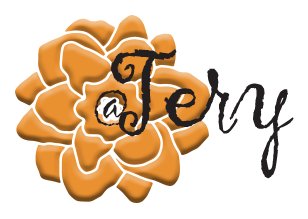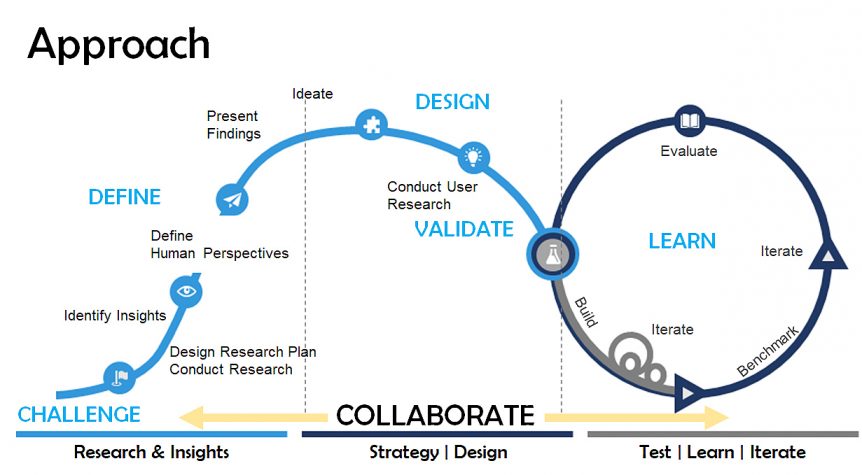Research and Strategy
I uncover the truths, problems, and insights and define solutions from a human perspective.
I approach research and strategy from the perspective of the human using the product or service. I design research plans to uncover pain points and desires, examine, and explain the findings from the perspective of the cohort’s life, environments, and future. The outcomes inform the strategy for the product and brand development or innovation. The research and strategy provide insight, knowledge, and direction for businesses, marketers, product designers, and developers to create products that will have a longer use in the life of the cohort.
Why is human-centered research needed?
Human-centered research uncovers pain points, insights, problems, and identifies opportunities. Discover more about your consumer, customer, and community by understanding their needs, desires, attitudes, behaviors, motivations, jobs to be done, experience from their perspective to create and improve products and services. Data and insights provide knowledge to justify decisions about product, business, brand, and marketing.
Research Use and Strategy Categories
|
Product design or innovation Segmentation, Customer Journey & Experience Product or concept evaluation or validation Brand and product differentiation |
Product Pricing Product Functionality, Features & Usage Retail Distribution Product, Digital, and App Usability |
What is the benefit of human-centered research?
The deeper the understanding of the needs, motivations, and attitudes of your consumers or customers toward your business, brand, products, and services more successful your business will be in creating products and services your customers will use and trust. The knowledge gained from research enables you to make informed decisions about your business, brand, and product strategy, act on customer or consumer problems and insights, explore and validate strategies, concepts, creativity, messages, experiences, and prototypes.
How is the research conducted?
The research plan is a unique design to fit the needs of your business and brand. I use a mixed research approach to understand customers or consumers, examine, and codify their needs and desires in actionable recommendations. Types of research I conduct:
- Qualitative and quantitative research: a mixed approach
- Survey
- Consumer/customer database
- Panel
- In-depth Interviews (IDIs)
- On video
- In-person (due to COVID I cannot use this method until restrictions are lifted)
- Laddering Interviews used for the product, brand, and communications design.
- Survey
- Observational research: consumer behavior in life, home, on-the-go, or product usage.
- Contextual: observing people in their life, home, and on the go.
- Experiential: observational and facilitated research experience, respondents engage with the new ideas.
My approach to human-centered research is streamlined, collaborative, and insightful.
Approach
The first step in my approach is to understand the business, brand, and or product challenge. This is a critical step prior to designing the research plan. First and foremost I work with the key stakeholders and the executive team to gain perspective. Next, I conduct internal interviews. Then design the research plan, conduct the research, and understand human perspectives. Define the experience your customer or consumer needs or is having with your product or brand. Present the findings and ideate to understand more about the customers or consumers so that the product or brand could be designed. In the design phase prototypes are tested and design iterated. The final iteration is presented to a panel to validate the design. Always be learning about the relationship between your product and brand with your customers and consumers. Gather data on the experience with the product or brand, benchmark satisfaction, and user experiences, iterate new designs.
Design the research plan
- State business, brand, and/or product reasons for the research
- Define population to be studied
- Identify the research and analytical approach
- Quantitative, qualitative, or mixed
- Create the research instruments
Deliverables
- Research plan
- Research instrument(s)
- Timeline and management
Report and Presentation
- Reveal findings
- Codify and/or code
- Develop report and tell the story
Present findings and facilitate ideation
- Presentation and exercises to define the strategy for product development or innovation.
- Provide a report from the facilitation with actionable ideas and recommended roadmap for development.
Learn
Always be learning! The best user experience provides satisfaction, gets the job done, and has a product-market fit. Testing, learning, and iterating are keys to having a long-term relationship with the people that use your product or brand.
- Test design direction
- Iterate
- Validate
- Evaluate benchmark

